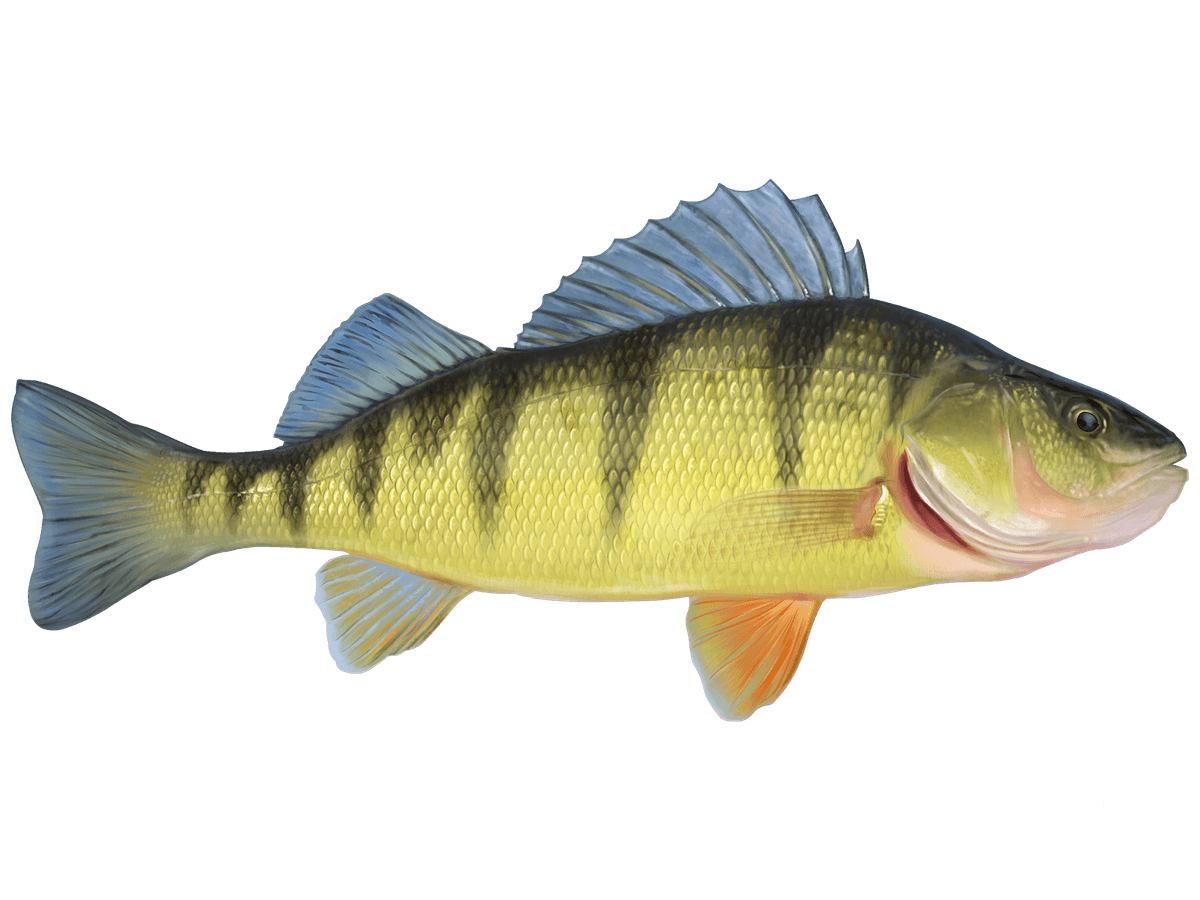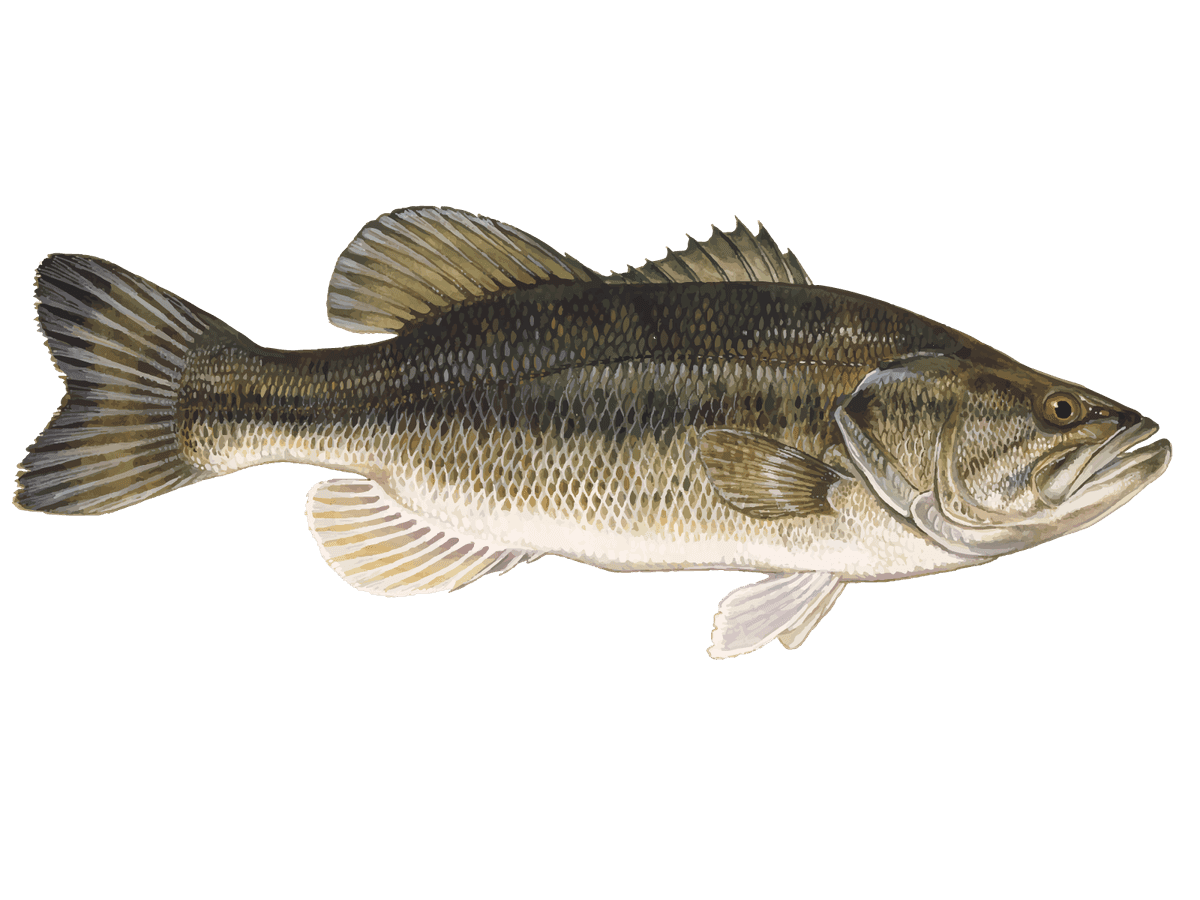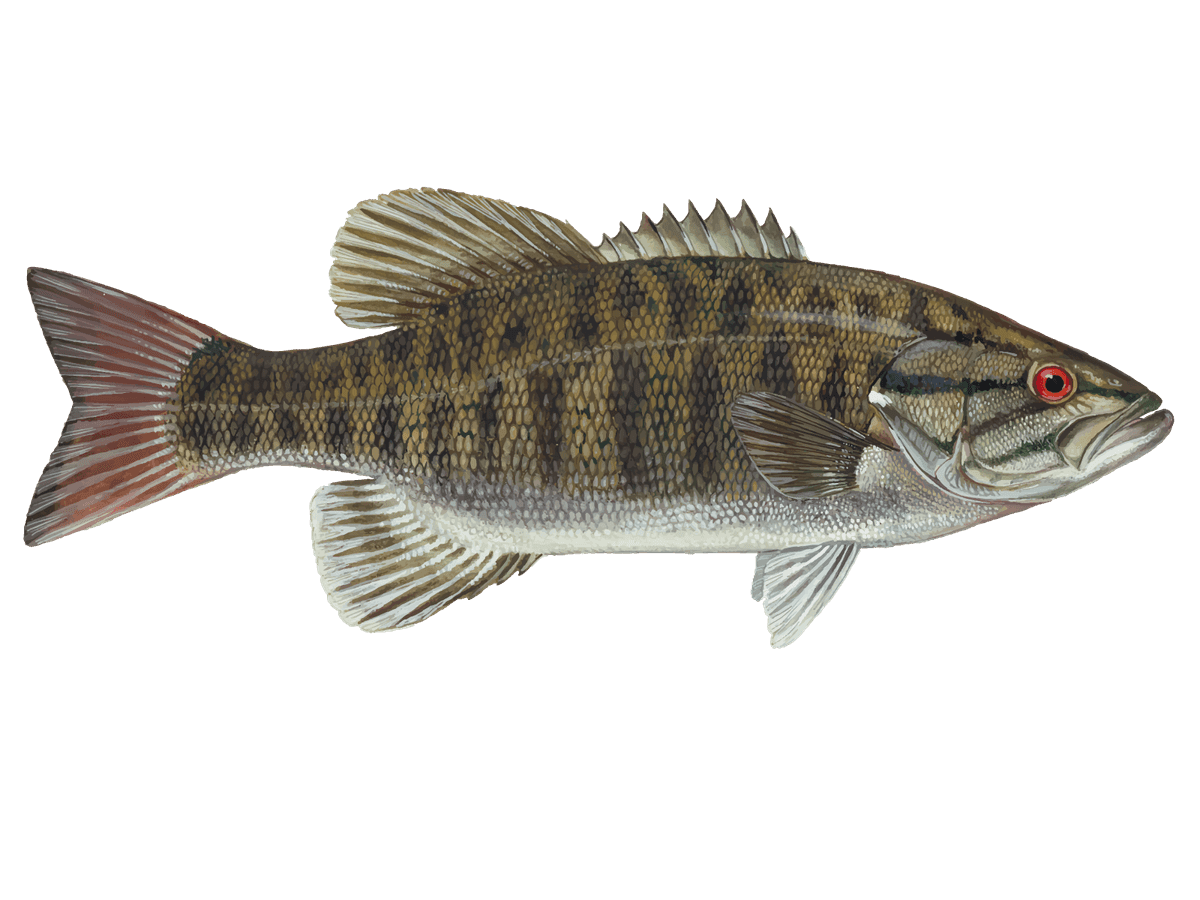Lake Erie Pro Fishing | H2oBoss Walleye Charter
- Published Date: September 26, 2025
- Fishing
- Lake Erie
- $400 - $689 price range
- Updated Date: October 15, 2025
Summary
%2F%2Fusers%2F589e3b41-2fd3-4e8e-bf9c-997baa497cb1%2Fratecard%2F480821642_935318362147531_5244027753519112361_n-mfxcznq4.jpg&w=1200&q=75)
Lake Erie's Finest Catches


Lake Erie's Ultimate Fishing Challenge
Ready to put your angling skills to the test? Join H2oBoss Charters for a 4-hour fishing adventure on Lake Erie that'll have you reeling in monster Walleye and Yellow Perch like a pro. Captain John Ware knows these waters like the back of his hand and he's itching to share his hotspots with skilled anglers looking for their next big catch. With room for up to 6 fishing buddies, this trip is perfect for your crew of seasoned fishermen or a group of competitive anglers ready to show off their stuff. We've got all the gear you need, so you can focus on what really matters – outsmarting those lunkers lurking beneath the surface. Lake Erie's not just a fishing spot, it's a angler's playground, and you're about to experience the best it has to offer. Just remember, once you put down that deposit, you're locked in for an unforgettable day on the water.
What to Expect on the Water
When you step aboard our charter boat, get ready for a no-nonsense fishing experience. Captain John doesn't mess around – he's all about getting you to where the fish are biting, fast. We'll cruise out to some of Lake Erie's most productive fishing grounds, areas that consistently produce trophy-sized Walleye and plump Yellow Perch. This isn't a leisurely boat ride; it's a focused mission to put you on fish. You'll be using top-notch gear and the latest fish-finding tech to locate schools and structure. Expect to switch up techniques throughout the day, from bottom bouncing to trolling, as we adapt to what the fish are doing. The lake can get choppy, so come prepared with your sea legs and a good attitude. Trust me, when you're hauling in fish after fish, you won't even notice the waves.
Top Catches This Season
On Lake Erie, we don't just fish – we strategize. You'll be using a mix of tried-and-true and cutting-edge techniques to target Walleye and Yellow Perch. For Walleye, we often start with trolling, using planer boards to spread our lines and cover more water. We'll be running crankbaits, spinner rigs, and even the occasional night crawler harness. When we mark a school, we might switch to jigging to really pick them apart. For Perch, it's all about precision. We'll anchor up over key structure and drop lines straight down, using perch spreaders baited with emerald shiners or soft plastics. It's a game of patience and feel – you've got to detect those light bites and set the hook fast. Captain John will be right there, coaching you on the finer points of each technique. This isn't just fishing; it's a masterclass in Great Lakes angling.
Why Anglers Keep Coming Back
Lake Erie isn't called the "Walleye Capital of the World" for nothing. Seasoned anglers return year after year because the fishing here is consistently world-class. The lake's ecosystem is perfectly suited for growing big, healthy fish, and our Walleye and Perch populations are booming. But it's not just about the numbers – it's the quality of the fish that keeps folks coming back. We're talking about Walleye pushing 10 pounds and Yellow Perch that'll make your frying pan look small. Plus, the ever-changing conditions of the lake mean no two trips are ever the same. One day you might be battling choppy waves and pulling in monster Walleye, the next you could be enjoying a calm day and filling the cooler with jumbo Perch. It's this mix of consistency and unpredictability that makes Lake Erie fishing addictive.
Species You'll Want to Hook
Walleye are the crown jewels of Lake Erie, and for good reason. These golden-eyed predators are known for their aggressive strikes and tasty fillets. In Lake Erie, Walleye can grow to impressive sizes, with fish over 30 inches not uncommon. They're most active during low-light conditions, so early mornings and evenings can be prime time. Walleye are structure-oriented fish, often found near drop-offs, reefs, and points. The fight of a big Walleye is something special – they don't jump, but they'll make powerful runs and head-shakes that'll test your gear and skills.
Yellow Perch might be smaller than Walleye, but don't let their size fool you – these fish are a blast to catch and even better to eat. Lake Erie's Perch are known for their size, often reaching 12-14 inches. They school up in huge numbers, and when you find them, the action can be non-stop. Perch are bottom feeders, so you'll be fishing near the lake floor. Their light, distinctive bite requires a sensitive touch, making them a favorite for anglers who enjoy finesse fishing. And when it comes to table fare, many argue that Yellow Perch are the best freshwater fish you can eat.
While our trip focuses on Walleye and Perch, Lake Erie is also home to some monster Smallmouth Bass. These bronze backs are known for their acrobatic fights and can often be found in the same areas we target for Walleye. If we come across a school of Smallies, we might switch gears for a bit to tangle with these hard-fighting fish. Lake Erie Smallmouth are particularly beefy, with 5-pounders being a real possibility.
Largemouth Bass, while not as common in the main lake, can be found in some of the protected bays and harbors. These ambush predators love structure and can often be caught using similar techniques to Smallmouth. While they're not typically a target on our offshore trips, they're a bonus catch that can add variety to your day.
Time to Book Your Spot
Listen up, anglers – this isn't your average day out on the water. This is Lake Erie fishing at its finest, tailored for those who know their way around a rod and reel. With Captain John's expertise and Lake Erie's legendary fish populations, you're in for a day of non-stop action and the chance at some serious bragging rights. Whether you're after a cooler full of jumbo Perch or that trophy Walleye of a lifetime, this trip delivers. But here's the thing – prime dates fill up fast, especially during peak season. Don't let that "big one" slip away because you waited too long to book. Grab your fishing buddies, secure your spot, and get ready for a Lake Erie adventure that'll have you reliving the catches for years to come. The fish are biting, the boat's ready, and Captain John's raring to go. All that's missing is you. So what are you waiting for? Let's get you out on Erie's waters and into the action!
Learn more about the species
American Yellow Perch
Lake Erie's yellow perch might be small, but they're a blast to catch and even better to eat. Most run 8-12 inches, with jumbos pushing 14. You'll find schools roaming near-shore areas, often around weed beds or over sandy bottoms. Spring and fall are prime, but summer can be good if you find cooler water. Light tackle makes even small perch feel like giants. They're not known for hard fights, but their eagerness to bite and delicious taste more than make up for it. Minnows on small jigs or hooks are perch candy. One local trick: when you find a school, drop a marker buoy. Perch move constantly, so this helps you stay on the fish. And trust me, once you taste fresh perch fillets, you'll want to find them again!

Largemouth Bass
Lake Erie's got some monster largemouth lurking in the weeds. These bass typically run 2-5 pounds, but the big ones can top 8. Look for them around docks, fallen trees, and thick vegetation - they love ambush points. Early morning and evening are prime times, especially in summer when they head to cooler, deeper water during the day. Anglers love targeting largemouth for their aggressive strikes and acrobatic fights. They'll hit a variety of lures, but plastic worms are hard to beat. Rig 'em weedless and work 'em slow through cover. One local trick: when the bite's tough, downsize your bait and go finesse. A drop shot with a small worm can tempt even the most stubborn bass. Just be ready when they slam it - these fish don't mess around!

Smallmouth Bass
Lake Erie's smallmouth are some of the hardest-fighting fish you'll ever tangle with. These bronze bruisers average 2-4 pounds, but 5-6 pounders aren't uncommon. They love rocky structure, so target drop-offs, reefs, and boulder fields. Spring and fall are prime, with fish moving shallow. Summer finds them deeper, often suspending over structure. Smallies hit hard and fight even harder - expect acrobatic jumps and powerful runs. They're not picky eaters, smashing everything from tubes to crankbaits. For a real thrill, try topwater in low light conditions. One local secret: when the bite's tough, go small with finesse presentations. A drop shot rig with a small goby imitation can be deadly. Just hang on tight when they hit!

Walleye
Lake Erie's walleye fishing is world-class, with fish averaging 2-4 pounds but monsters over 10 not unheard of. These golden-eyed predators cruise deep water during the day, moving shallow to feed at night. Spring and fall are prime, but summer can be great if you know where to look. Trolling with crawler harnesses or crankbaits is deadly effective. Walleye put up a good fight, but the real draw is their taste - there's nothing like fresh walleye for dinner. They've got sharp teeth, so bring pliers for unhooking. One local tip: when fish are suspended, try snap-jigging blade baits. The flash and vibration trigger reaction strikes even from neutral fish. It's a technique that's landed me some of my biggest Erie 'eyes.

About the H2oBoss Charters
%2F%2Fusers%2F589e3b41-2fd3-4e8e-bf9c-997baa497cb1%2Fvehicle_picture%2Fboat.png&w=1200&q=75)
Vehicle Guest Capacity: 6
Manufacturer Name: Mercruiser
Maximum Cruising Speed: 35
Number of Engines: 1
Horsepower per Engine: 310
%2Ffit-in%2F250x250%2Fguide_websites%2F12124%2Fimages%2F1704207527304h2o_boss_transparent.png&w=1200&q=100)
%2Fusers%2F589e3b41-2fd3-4e8e-bf9c-997baa497cb1%2Fimages%2Ffantastic-fishing-adventure-oh-2600.jpg&w=768&q=75)
%2Fusers%2F589e3b41-2fd3-4e8e-bf9c-997baa497cb1%2Fimages%2Flakeside-fishing-marblehead-2440.jpeg&w=768&q=75)
%2Fusers%2F589e3b41-2fd3-4e8e-bf9c-997baa497cb1%2Fimages%2Flakeside-fishing-adventure-2398.jpeg&w=768&q=75)
%2Fusers%2F589e3b41-2fd3-4e8e-bf9c-997baa497cb1%2Fimages%2Flakeside-fishing-adventure-2457.jpeg&w=768&q=75)
%2Fusers%2F589e3b41-2fd3-4e8e-bf9c-997baa497cb1%2Fimages%2Fbest-great-fishing-lakeside-marblehead-2410.jpeg&w=768&q=75)
%2Fusers%2F589e3b41-2fd3-4e8e-bf9c-997baa497cb1%2Fimages%2Flakeside-marblehead-anglers-catch-2479.jpg&w=768&q=75)
%2Fusers%2F589e3b41-2fd3-4e8e-bf9c-997baa497cb1%2Fimages%2Flakeside-anglers-great-catch-2350.jpg&w=768&q=75)
%2Fusers%2F589e3b41-2fd3-4e8e-bf9c-997baa497cb1%2Fimages%2Flakeshore-fishing-adventure-2478.jpeg&w=768&q=75)
%2Fusers%2F589e3b41-2fd3-4e8e-bf9c-997baa497cb1%2Fimages%2Famerican-yellow-perch-lakeside-marblehead-2626.jpg&w=768&q=75)
%2Fusers%2F589e3b41-2fd3-4e8e-bf9c-997baa497cb1%2Fimages%2Fgreat-fishing-ohio-2516.jpg&w=768&q=75)
